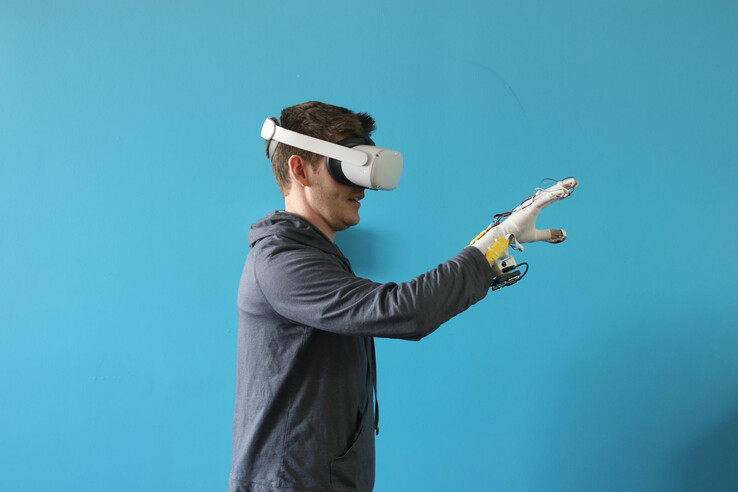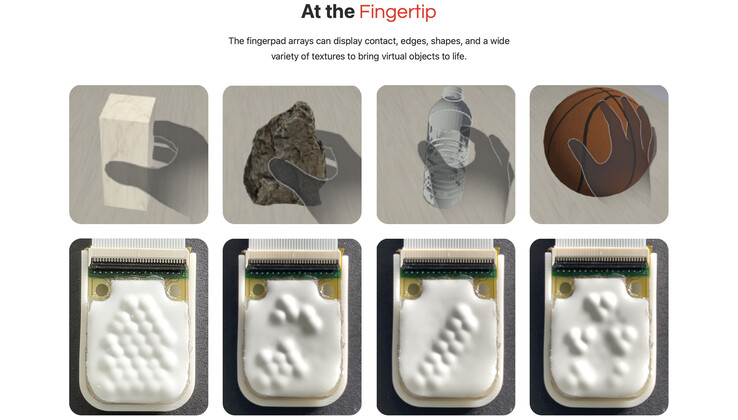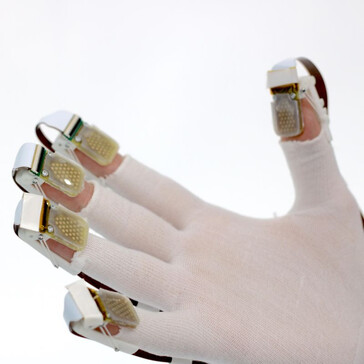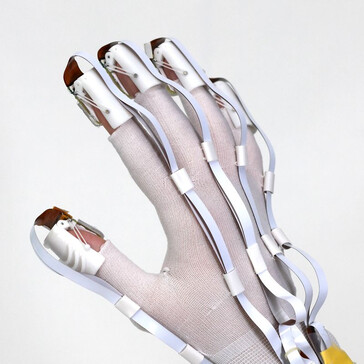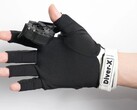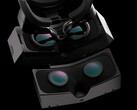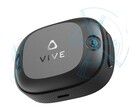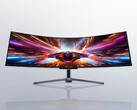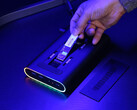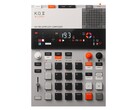Virtual reality products are often bulky, heavy, and unwieldy. The field of VR technology has primarily focused on developing visual displays, resulting in less maturity in the devices providing tactile feedback. The Future Interfaces Group at Carnegie Mellon University has developed a haptic glove technology, utilized by Fluid Reality, which offers a more realistic sense of physical contact and is both smaller and more affordable than competing products, such as Meta's.
The competing product from Mark Zuckerberg's Meta costs about USD 15,000, which is considerably more expensive. Haptx has developed a high-priced virtual reality (VR) glove which costs around USD 5,500, and it also comes with a backpack containing the rest of the equipment that needs to be worn while using the glove. In contrast, the Fluid Reality gloves will be available for approximately 1,000 euros. Although Apple has announced the upcoming release of a glove for its Vision Pro augmented reality headset, no specific release date has been provided as of yet.
The product has a diverse range of applications. Although initially it will be used in the gaming and entertainment industry, it could be used in many other areas in the future. For instance, physicians could conduct surgeries from afar, technicians could remotely diffuse explosives, or smart gloves could be used in robotics to help robots perform complex and dangerous tasks.
Previous VR gloves have created the sensation of touch using small, air-filled chambers in the fingers and palms of the glove, which are powered by pressurised air. When the user touches something in virtual reality, the corresponding chamber is filled with pressurised air, creating a feeling of pressure or resistance.
However, large canisters of air, large bundles of tubing, and a lot of electricity are required to use compressed air. Haptx, Tactus Gaming and Manus VR, for example, use compressed air-powered gloves. These are comparatively easy to build, but take up a relatively large amount of space.
We were eyeing up what these startups were doing, what Meta was doing and we were like, this is not the way forward. There’s just no way to miniaturize a compressed air system. It’s always going to be in a backpack no matter how small you make it. They’re just chasing up the wrong tree, in our opinion.
- Chris Harrison
Harrison's team uses liquid to create touch sensations, resulting in a more precise and quieter system compared to conventional VR gloves that run on pressurized air. This technology can generate more complex touch sensations and is based on the principle of electromagnetic induction, using an electromagnetic field to move liquid within the glove's liquid chambers. A small battery and standard printed circuit board (PCB) hardware are sufficient for the operation of this technology, which was publicly unveiled at the ACM Symposium on User Interface Software and Technology in San Francisco.
There’s already companies in discussion for using the technology for gloves. Can’t say any names, unfortunately, but you can probably extrapolate which companies might already be invested in this.
- Chris Harrison





